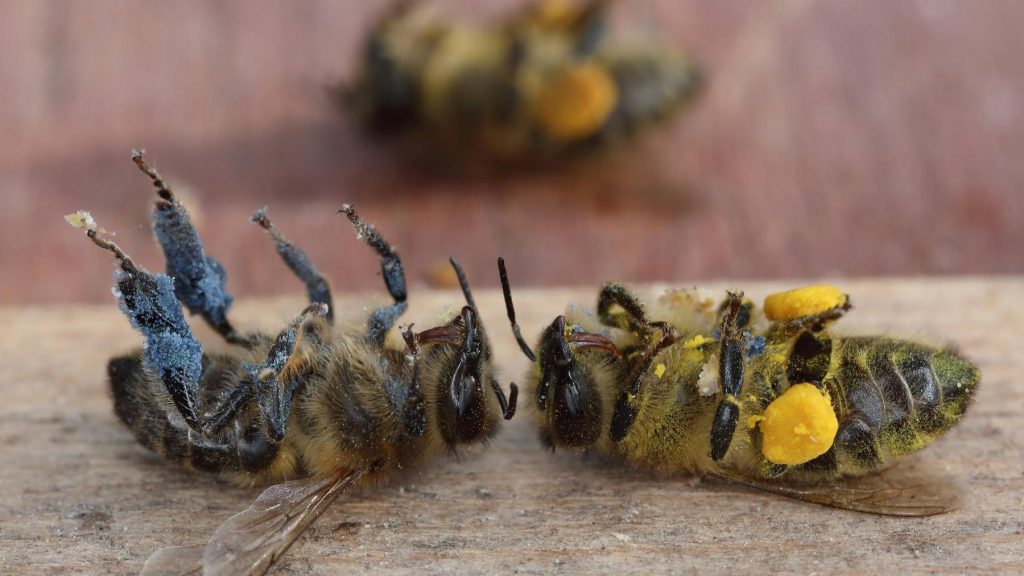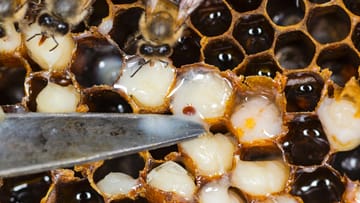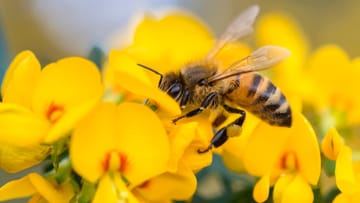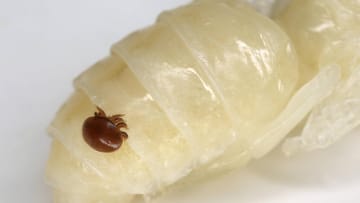
So you can help the insects
Origin: The varroa mite is native to Asia and threatens the Western bee colonies. You can not defend yourself against the parasite.
As soon as only a single mite enters the hive, it nests in the pupated cells and lays an egg. From this, further mites develop, which multiply and drink the vital hemolymph, the nutrient-rich body fluid, of the larvae. Also, the mite sucks on adult worker bees and feeds on their hemolymph.
There are symptoms such as a shortened abdomen and wing deformities, as well as a shortened life expectancy. If the mites are not killed by a too mild winter or the lack of help from the beekeeper, entire bee colonies can die.
Effects of climate change
Due to warmer temperatures, many plants begin to bloom earlier. The rhythm of the bees can not adapt so quickly and gets confused. In addition, long dry periods and mild winters stress the animals additionally.
In conventional agriculture, insecticides are used. These kill pests and are designed to protect fruits, vegetables and other crops. But insecticides also attack useful insects, like bees. Systematic insecticides wet all parts of plants and thus also affect pollen and nectar, which are absorbed by the animals.
Monotonous agricultural management
In agricultural agriculture, there is often a lack of flowering strips to give the bee colonies the opportunity to collect nectar from various plants. Monocultures can also lead to the fact that wild bees are threatened with a lack of habitat and food.
Beekeepers fight parasites
In the fight against the varroa mite, beekeepers usually use formic acid. This can be applied, for example, to a sponge cloth, which is placed on the bee seat, that is, the “residence” of the bee colony. Due to the vapor concentration of the acid, the mites living in the covered brood are killed.
If this is done efficiently and at the right time, it will be reasonably successful. However, the sustainable and better way is to breed bees that can cope with the mite.
So you can support the bees
If there were hardly any bees left, then our food supply would be significantly limited, both qualitatively and quantitatively. There would be significant losses in food production. Without bees, there would be much less cherries, apples and plums. In Germany alone, according to the German Beekeeping Association (DIB), 80 percent of all flowering plants depend on bees and other insects to pollinate them.



